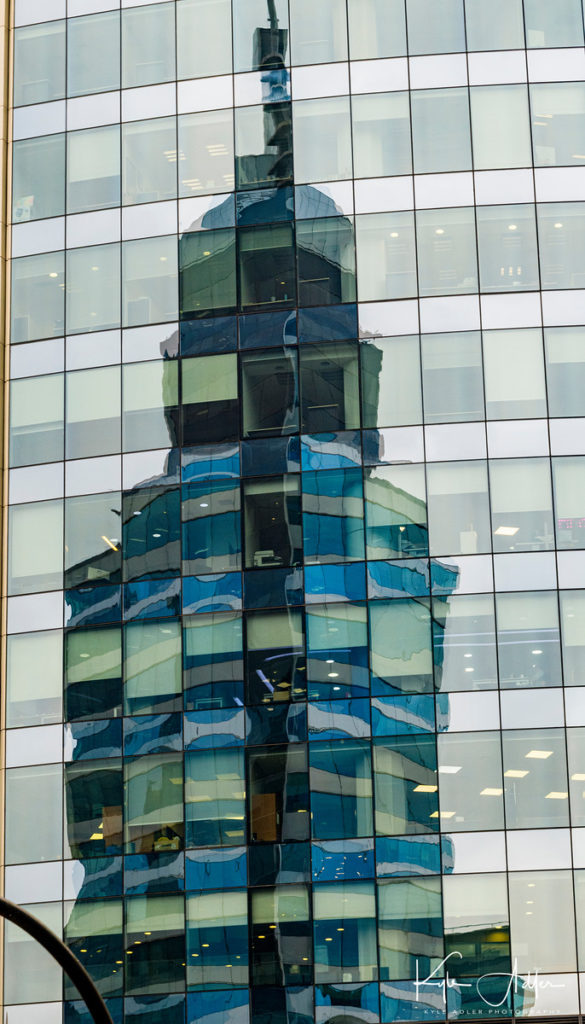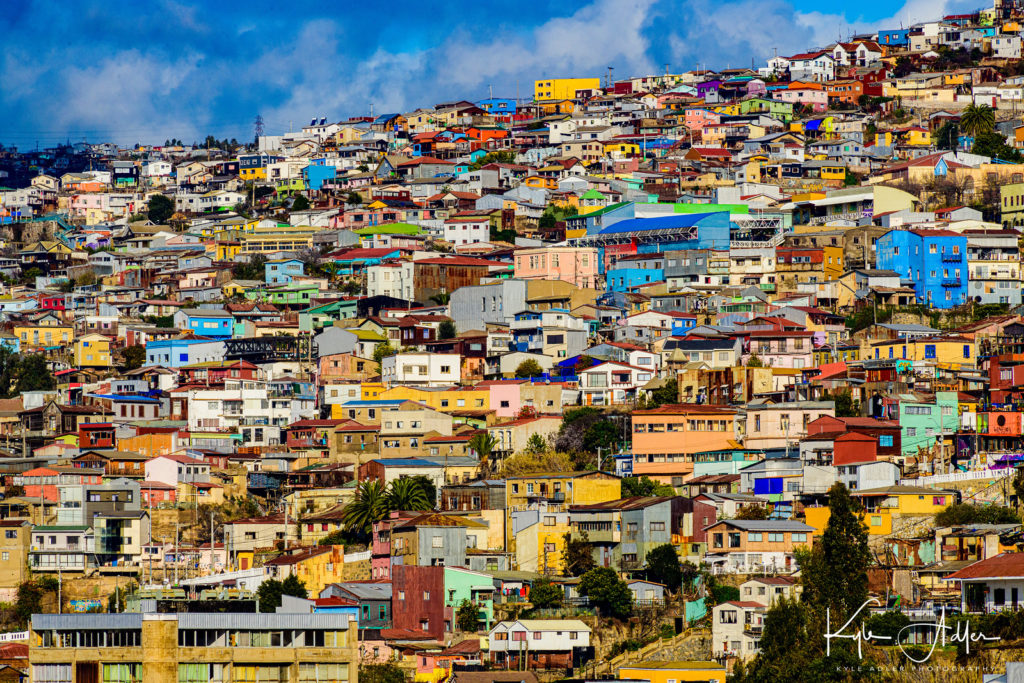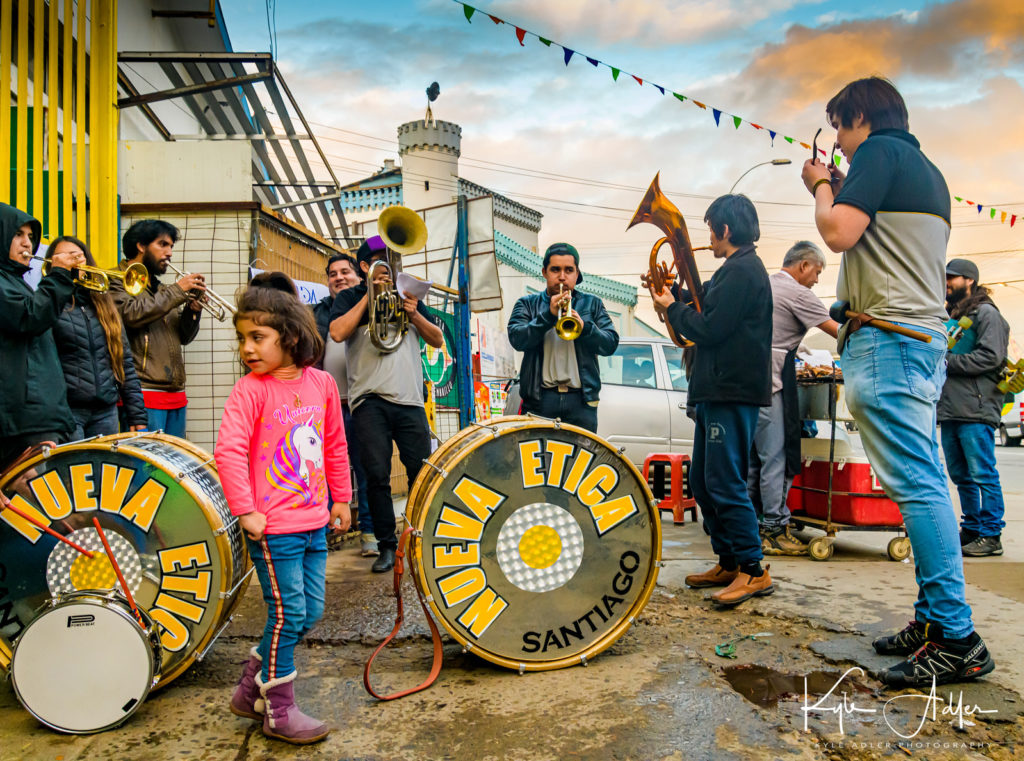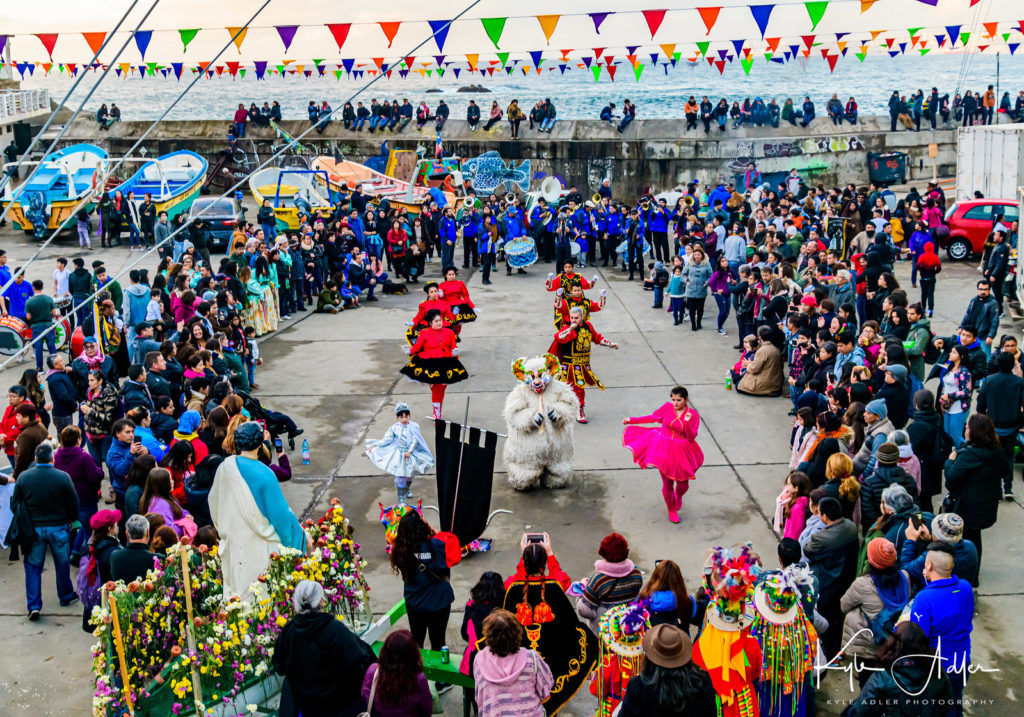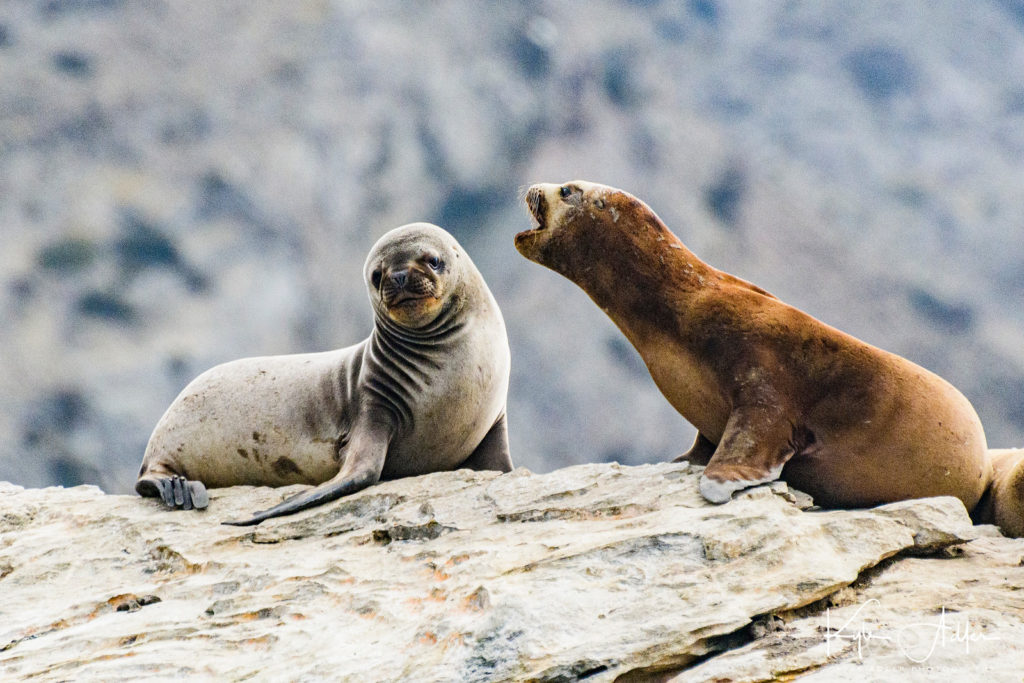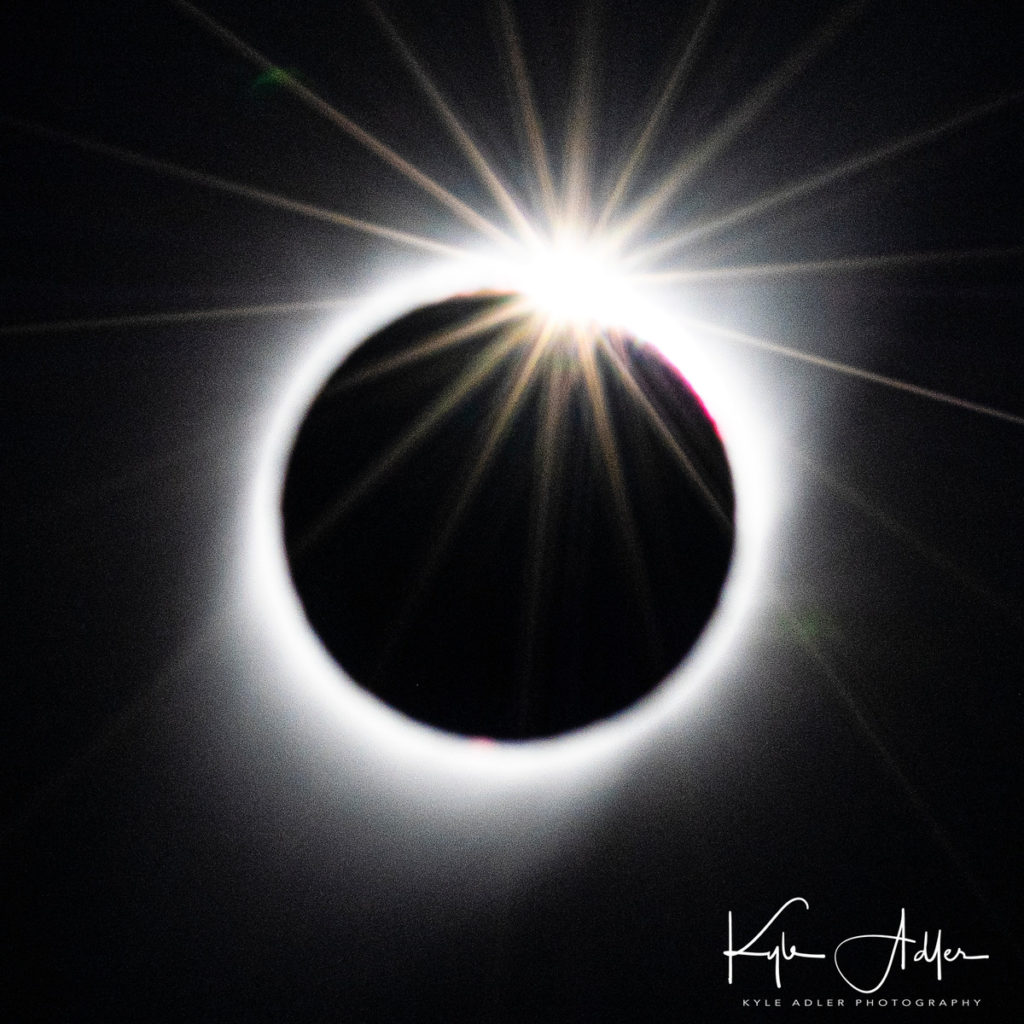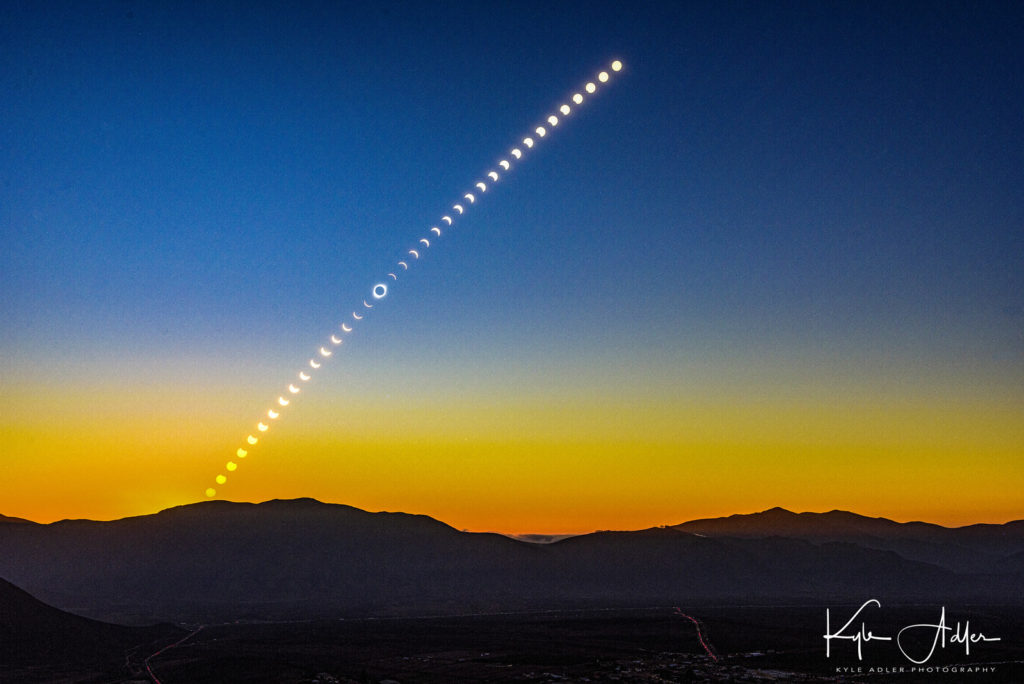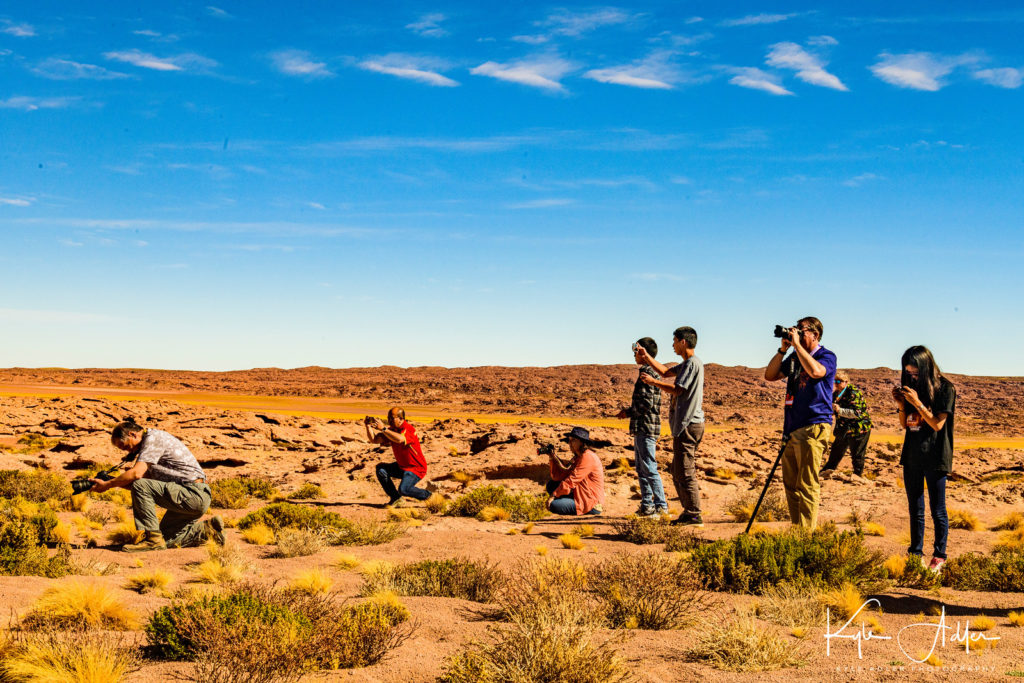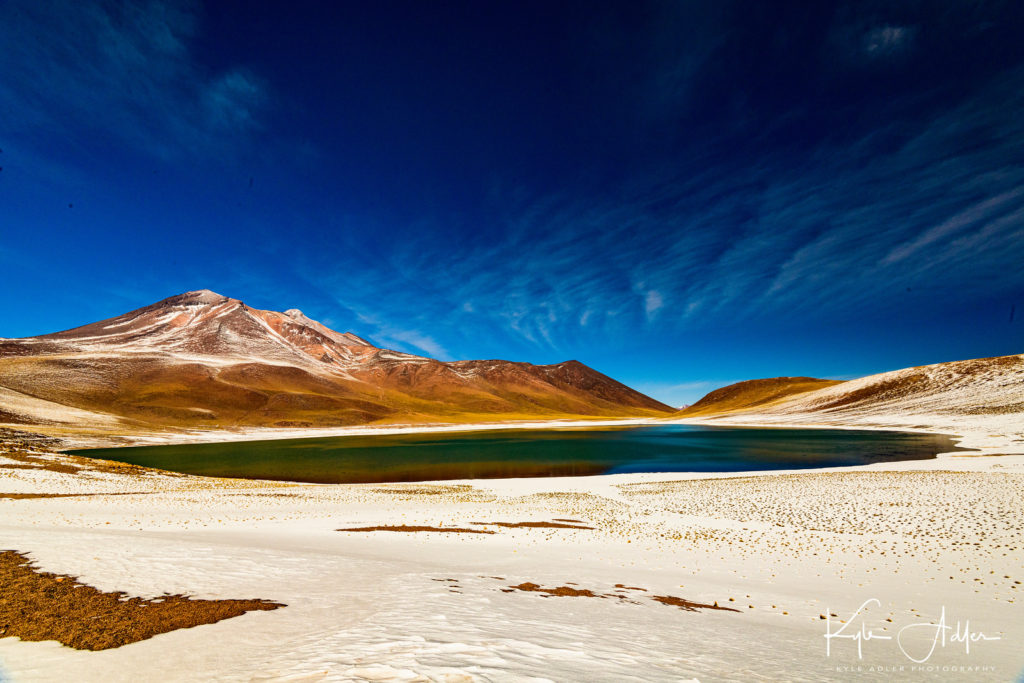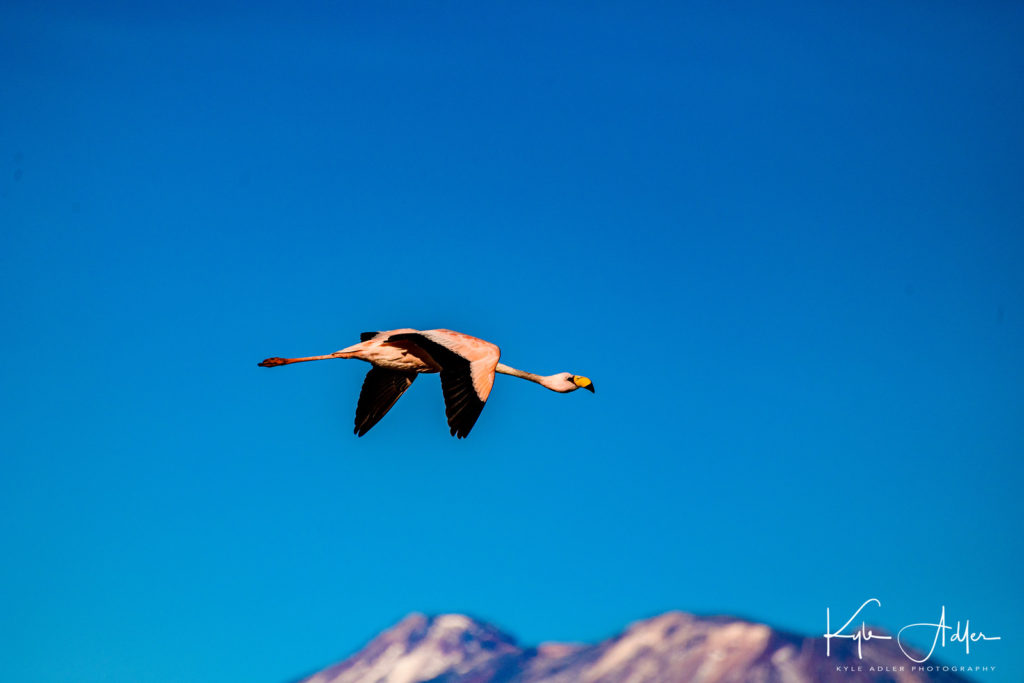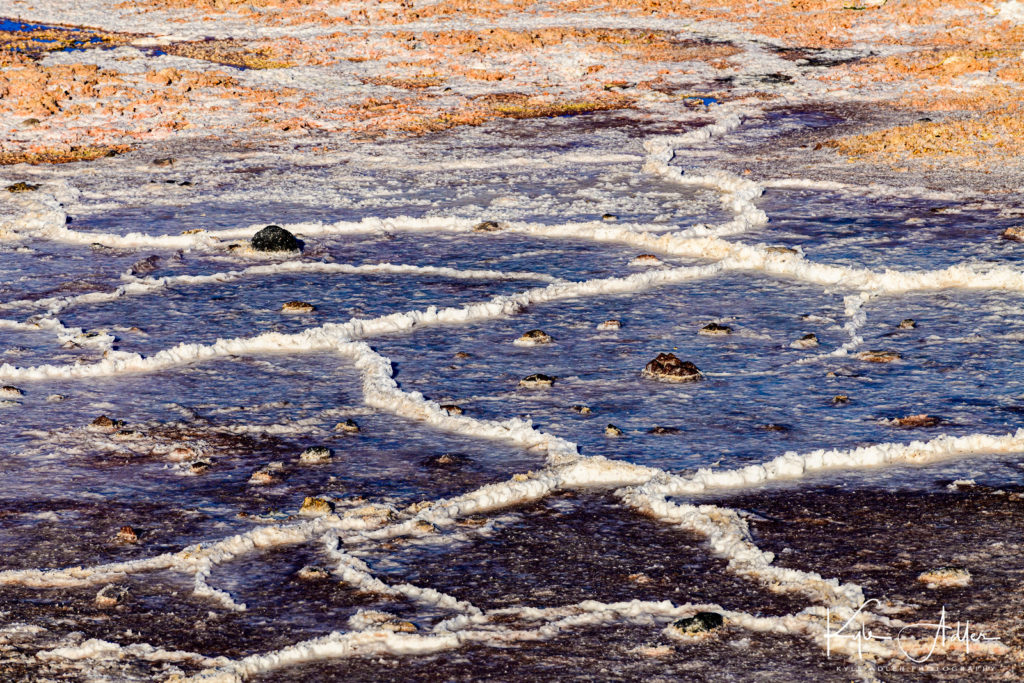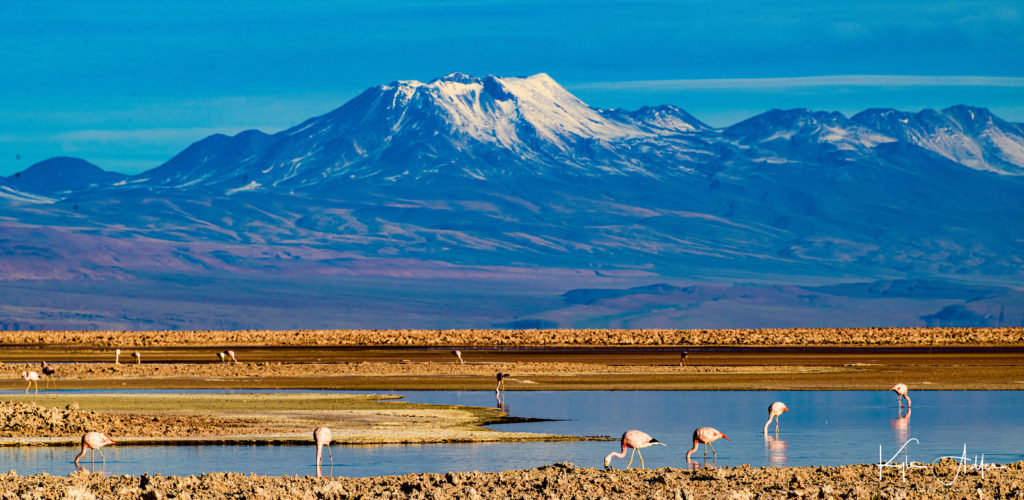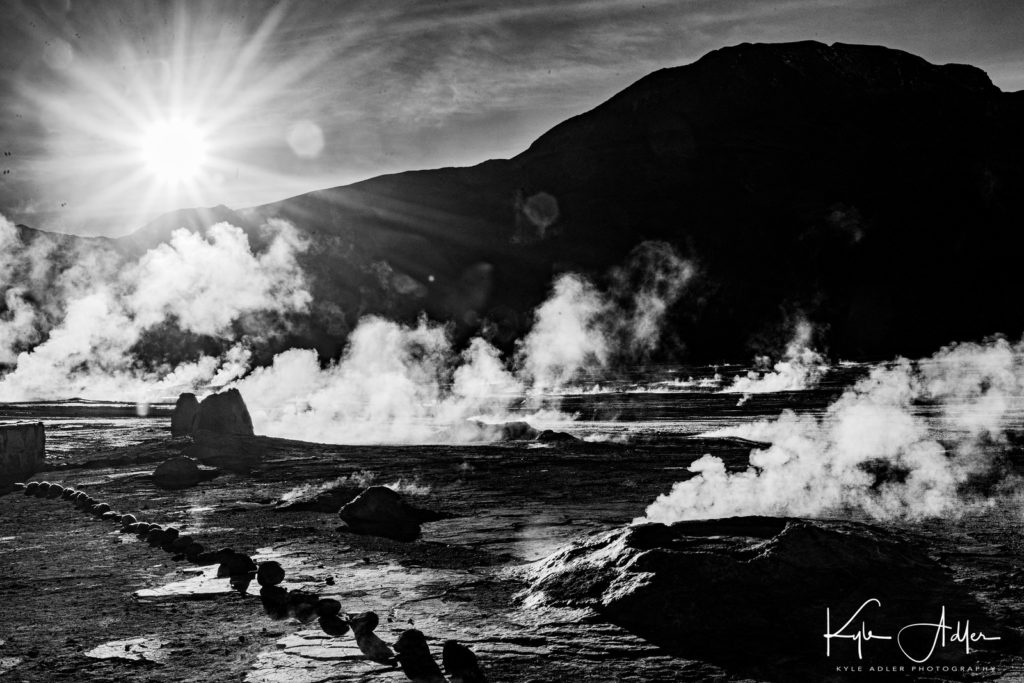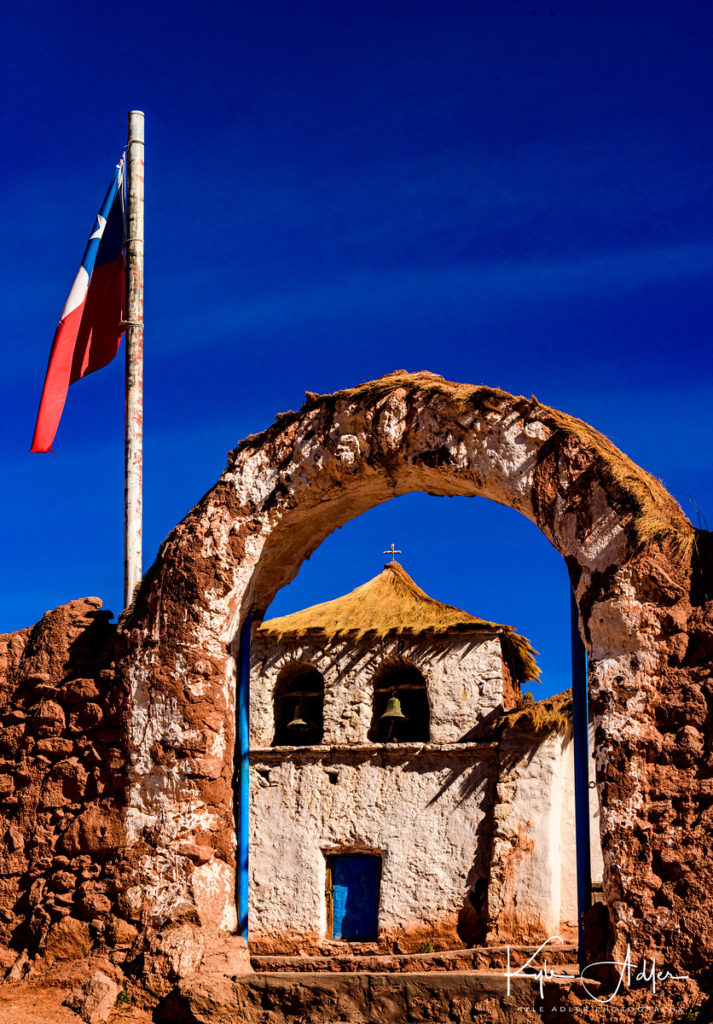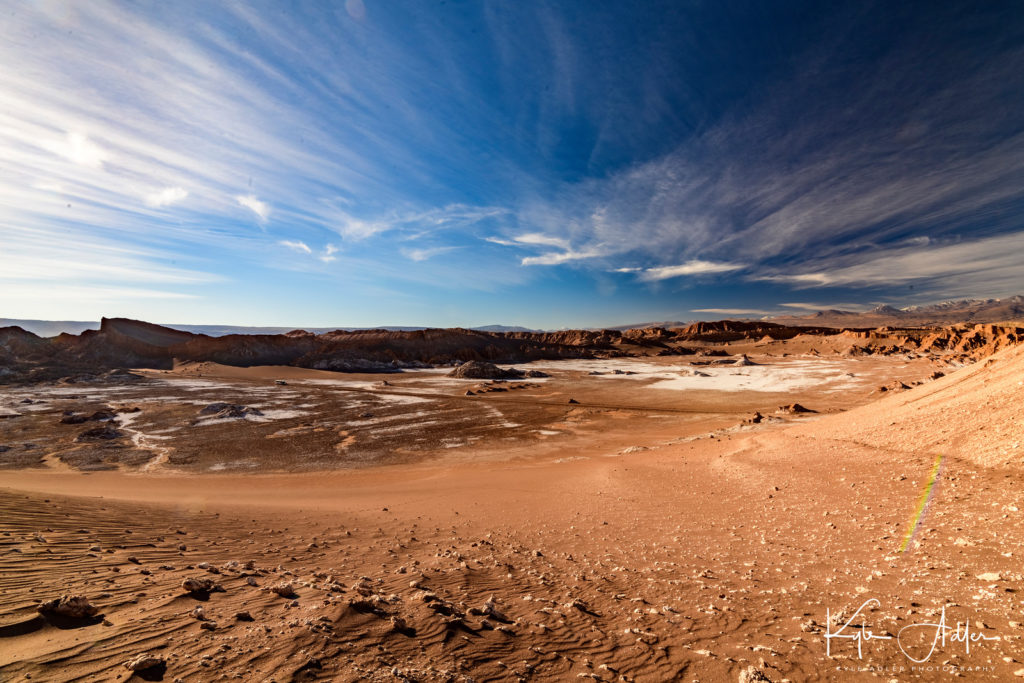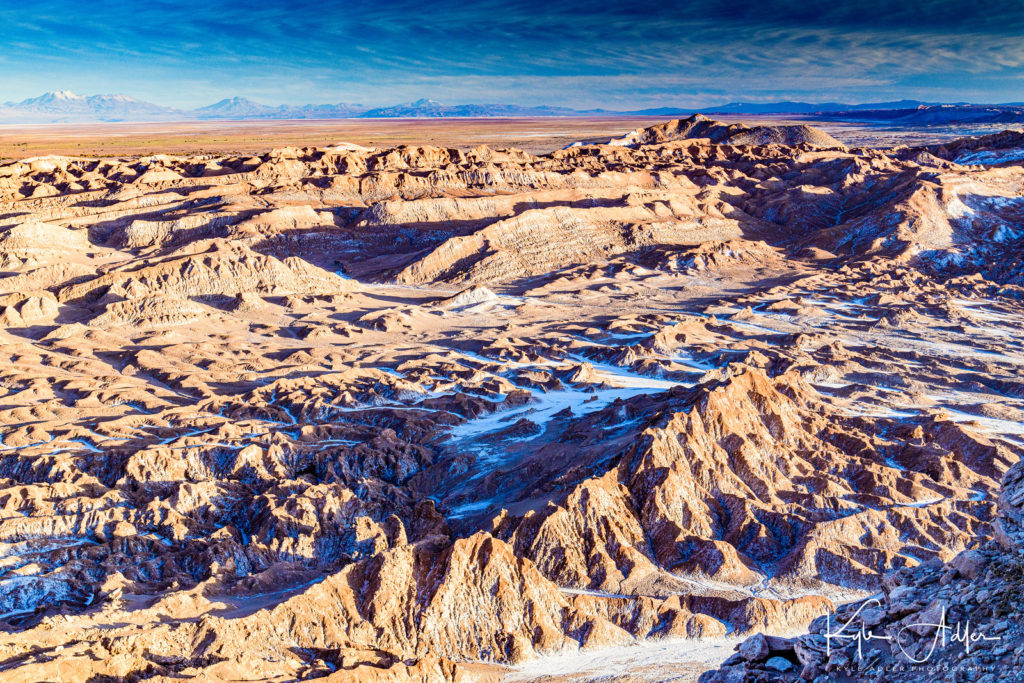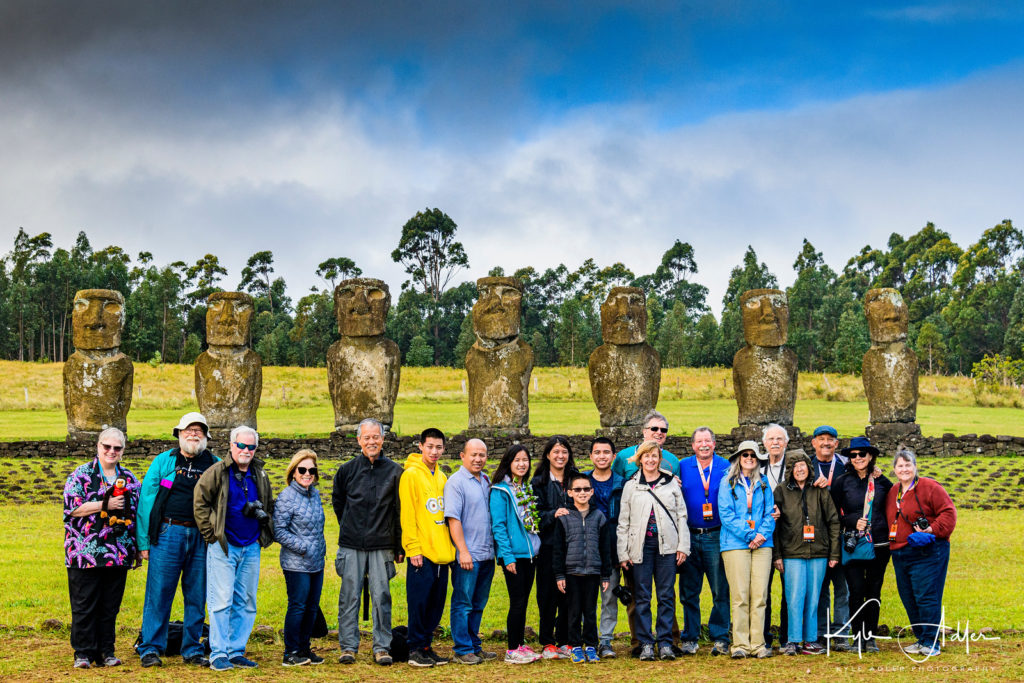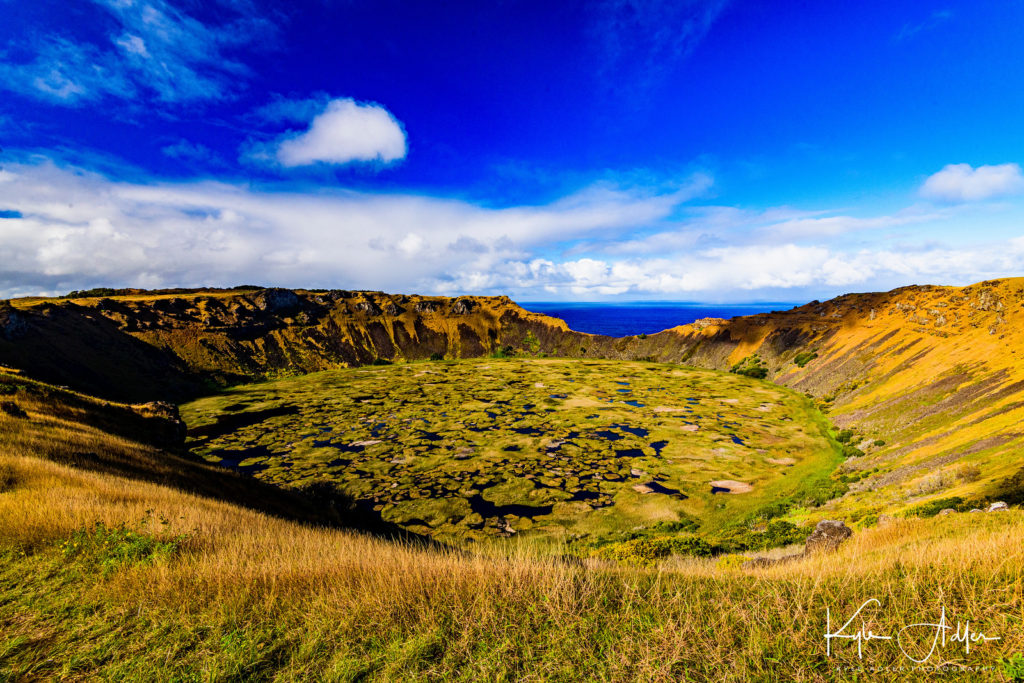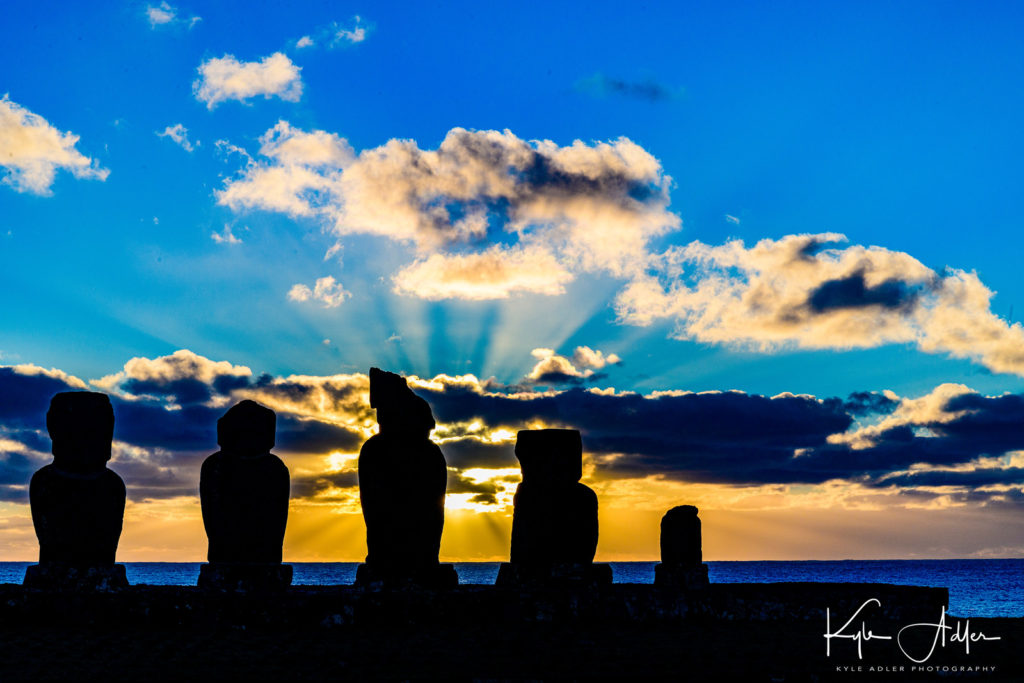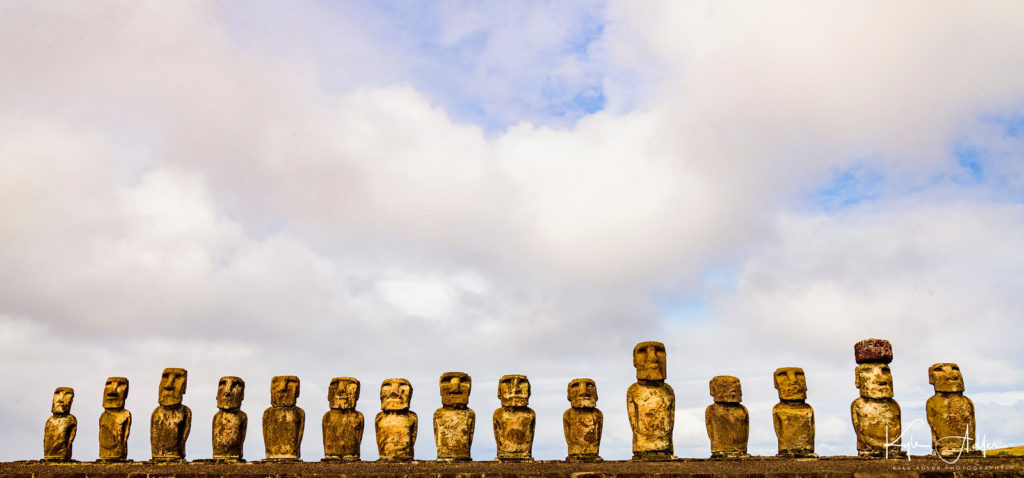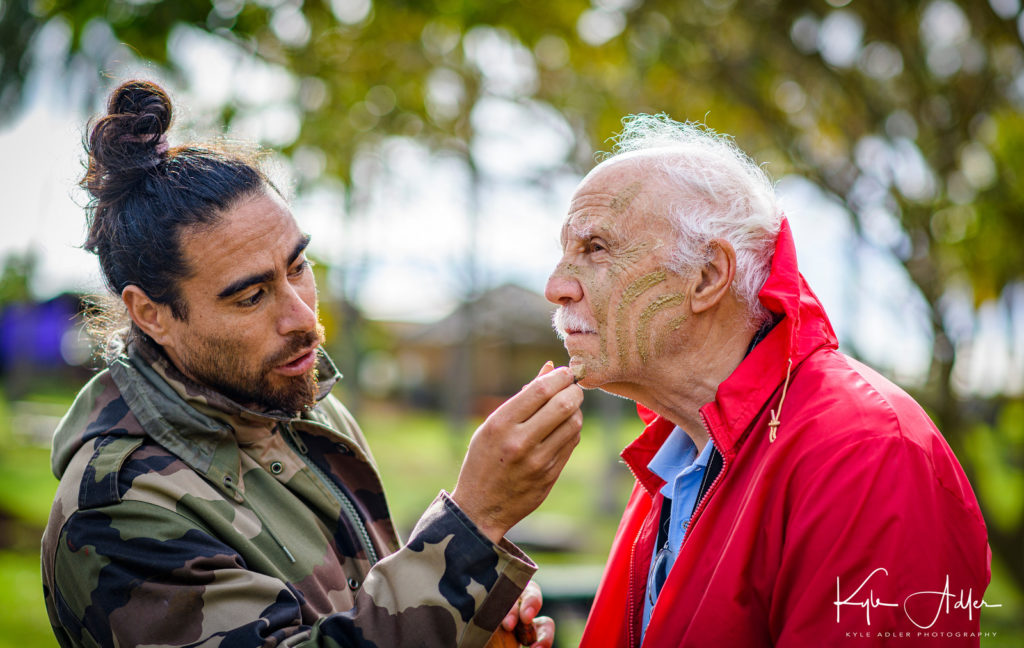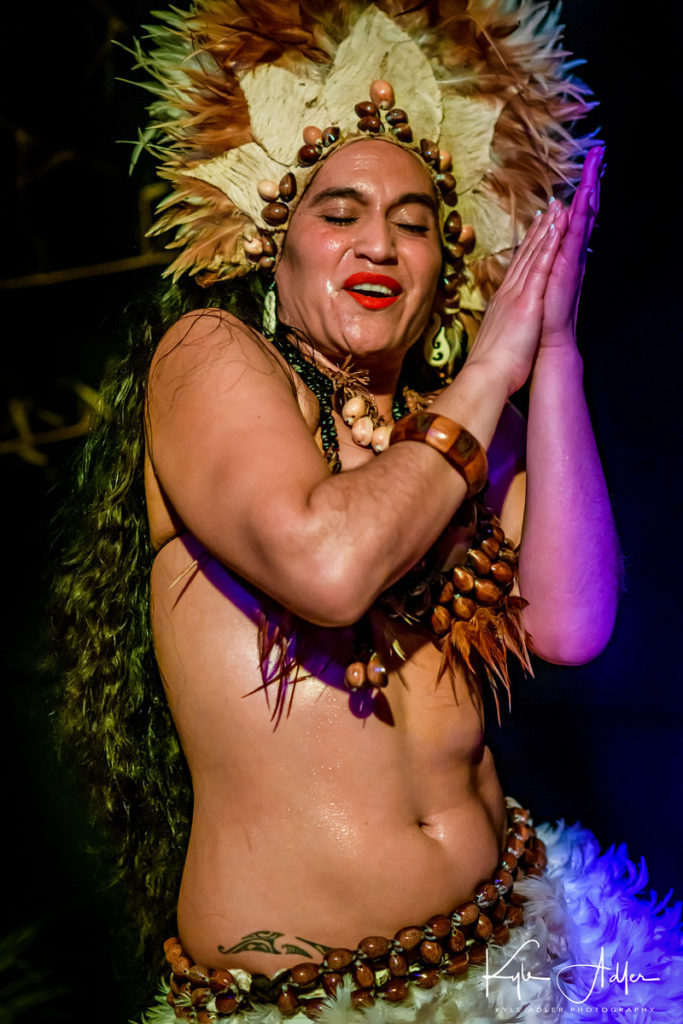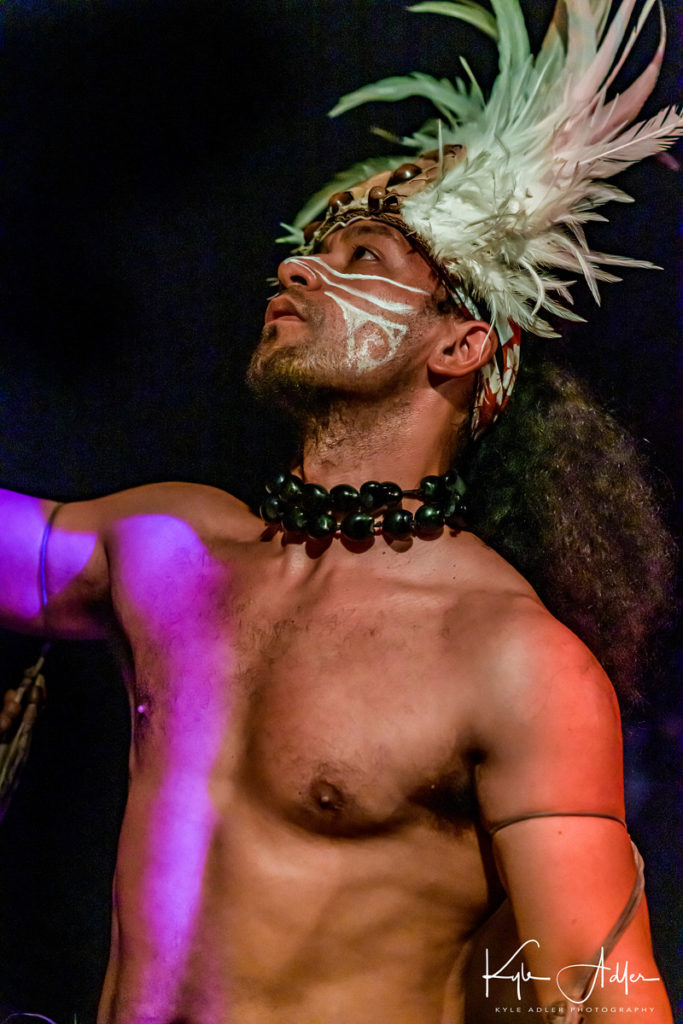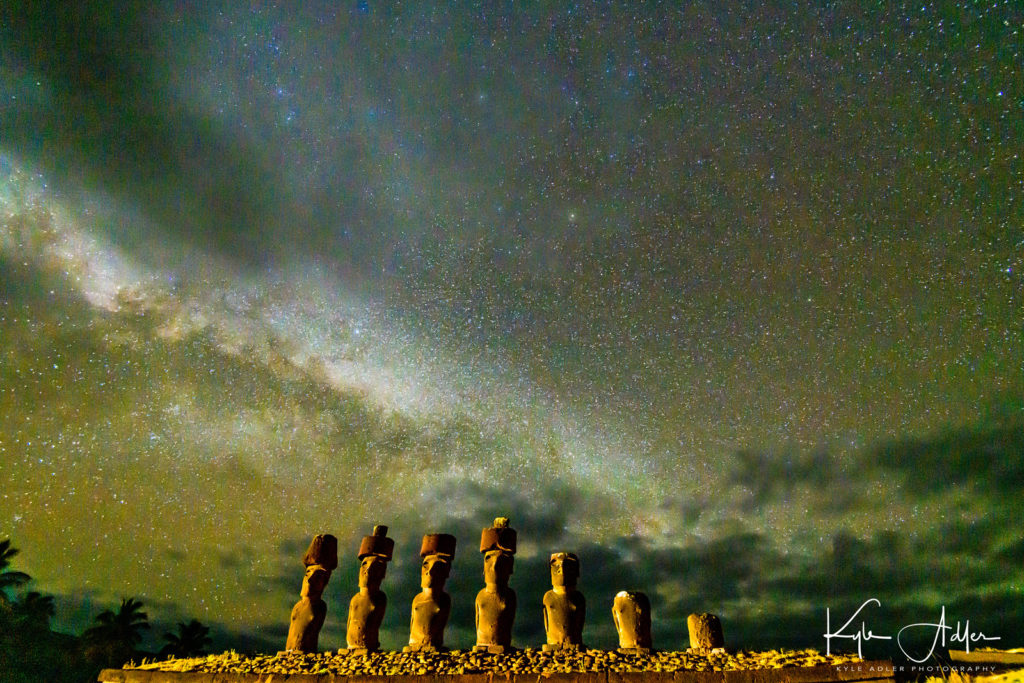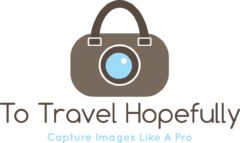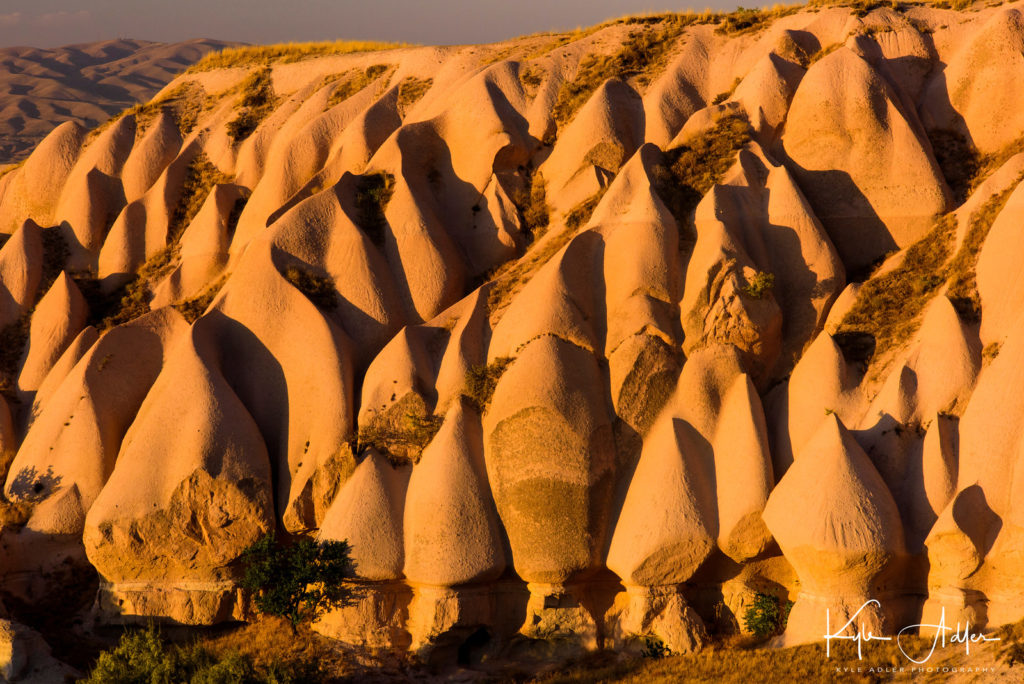Dear Readers,
I am thrilled to be leading two remarkable photography tours during 2019. The first tour (featured in yesterday’s post) will be offered from Jun. 27 through Jul. 10, 2019 and features a comprehensive photographic itinerary through Chile and Easter Island, including the opportunity to observe and capture images of a total solar eclipse, one of the most spectacular natural events visible on Earth. Learn more and book your space here: Chile Eclipse Photography Tour.
Today’s post explores the second of my tours in 2019, an exciting adventure through Mongolia that will be offered from Sep. 13 through Oct. 1, 2019.
Please join me on a one-of-a-kind photography adventure through Mongolia from September 13 – October 1, 2019. This is a small group tour and is likely to fill quickly.
Wild and untamed, Mongolia is a deeply spiritual land of nomadic cultures and dreamy landscapes of snowcapped mountains, crystalline lakes, and great swathes of grassy plains and ancient desert. Even today, Mongolia evokes a time when Genghis Khan and his warrior horsemen thundered across the steppe to establish the largest land empire the world has ever known. Discover Mongolia’s diverse land and people, from the bustle of Ulaanbaatar and alpine beauty of Khovsgol Lake to the vast expanse of the Gobi Desert. Meet with nomadic herding families, learn about ancient shamanistic beliefs, ride a camel in the desert dunes, and discover why Mongolia is known as the “Land of Blue Sky” during stays in authentic ger tents—just as modern-day nomads and their ancestors have done for centuries. Travel to Mongolia, a pristine land that time forgot, for an adventure you’ll treasure forever.
Join our small group of photography enthusiasts and experience the thrill of capturing the full range of Mongolia’s spectacular beauty. Mongolia is a dream destination for travel photographers, offering breathtaking scenery, unique wildlife, and fascinating cultural encounters. We’ve planned this itinerary to provide ample opportunities to capture unforgettable images that you won’t find in travel brochures and on postcards.
Award-winning professional travel photographer Kyle Adler will be shooting alongside tour participants and will provide personalized in-the-field instruction. During our optional informal workshops, we’ll review our recent images, plan our shot list for upcoming locations, and cover techniques to make the best images possible. Topics will be tailored to the group’s interests and may cover any aspects of travel photography from shot planning to capture technique, and on to post-processing and image sharing. Unlike most photography tours, we will place a special emphasis on learning to use the camera as a bridge to enhanced understanding of the land and people we visit. Photographers of any level will see their images improve, and non-photographer friends and family are also most welcome to join this tour. You can make memorable images using whatever camera gear you wish to bring; it is not necessary to invest in specialized gear.
Visit the Overseas Adventure Travel web page to learn more about this photography adventure: Photography Adventure in Mongolia.
Call Overseas Adventure Travel toll-free at 1-800-353-6262 and press 3 for more details; Refer to Group Booking Code (G8-28085).
